Going grain-free is one of the most important steps we can take toward better health. Not only do grains promote inflammation and cause digestive upset, but they fill our plates will nutrient-poor calories that would be better served with veggies (see Why Grains Are Bad—Part 1, Lectins and the Gut, Why Grains are Bad—Part 2, Omega 3 vs. Omega 6 Fats, Why Grains are Bad—Part 3, Nutrient Density and Acidity and Gluten-Free Diets Can Be Healthy for Kids). When I’m asked what one step I recommend taking first, going gluten and grain-free is always high priority!
Table of Contents[Hide][Show]
Of course, I can acknowledge this is easier said than done. Grains are a huge part of the Standard American Diet, the USDA’s My Plate, and frankly, they’re cheap, easy-to-cook, and make up the bulk of American comfort food. But that doesn’t mean that giving up grains means giving up delicious food! The three tips I cover in this post will help you see how easy cutting grains can be with minimal added effort!
 Go ¾ Veggies
Go ¾ Veggies
When we switch from a Standard American Diet to a grain-free one, it’s common to see a void on our plates. That’s because for most of us, the SAD diet included far too few vegetables relative to other foods on our plate. Many of us assume that a meal without pasta, rice or bread isn’t a meal.
Luckily, one of the easiest steps we can take in adopting a grain-free diet is to simply include more vegetables. What does a plate look like without grains? Well, I believe that ⅔ to ¾ of our plates should be filled with nutrient-dense veggies of as much variety, color and texture as we can manage. The other ⅓ to ¼ would come from meat or seafood and perhaps a little fat, fruit, nuts or seeds.
Replacing grains with veggies is a simple shift, but it encourages a few positive changes.
 First, we’re getting more nutrition from every bite of food than we’d be getting from grains. Contrary to popular belief, there is no nutrient in grains that we can’t get from more and better from vegetables. In fact veggies typically contain anywhere from double to ten times more essential vitamins and minerals while containing just as much fiber and way, way more antioxidant phytochemicals. Plus, even starchy veggies tend to be low or moderate glycemic load. In fact, simply switching to a diet rich in veggies with a modest serving of meat at each meal provides a ton more nutrition than grain-based diets (see The Importance of Vegetables, The Importance of Nutrient Density and TPV Podcast Episode 241, Can You Create or Prevent a Food Allergy?).
First, we’re getting more nutrition from every bite of food than we’d be getting from grains. Contrary to popular belief, there is no nutrient in grains that we can’t get from more and better from vegetables. In fact veggies typically contain anywhere from double to ten times more essential vitamins and minerals while containing just as much fiber and way, way more antioxidant phytochemicals. Plus, even starchy veggies tend to be low or moderate glycemic load. In fact, simply switching to a diet rich in veggies with a modest serving of meat at each meal provides a ton more nutrition than grain-based diets (see The Importance of Vegetables, The Importance of Nutrient Density and TPV Podcast Episode 241, Can You Create or Prevent a Food Allergy?).
Second, filling our plate with variety can help satiate any cravings we have as a result of cutting out grains. If you’re craving a particular nutrient, chances are a varied Paleo diet will help cut these cravings over time. Starchy vegetables like sweet potatoes, cassava root, and winter squash are also a great choice to replace the carbohydrates we’re used to in grains, as we’ll explore in detail below.
Know Your Individual Carbohydrate Needs
 Though I strongly advocate a gluten-free and (in most cases) grain-free diet, that does not necessarily mean I strongly advocate a low-carb approach. In many cases, including but not limited to adrenal issues, thyroid issues, weight loss and sleep concerns, a moderate carbohydrate intake is actually an important factor in health.
Though I strongly advocate a gluten-free and (in most cases) grain-free diet, that does not necessarily mean I strongly advocate a low-carb approach. In many cases, including but not limited to adrenal issues, thyroid issues, weight loss and sleep concerns, a moderate carbohydrate intake is actually an important factor in health.
That being said, individual carb needs vary, and it’s likely that someone on a Standard American Diet eating more than 300 grams of refined carbs a day is exceeding those carbohydrate needs. It’s very difficult to eat that much carbohydrate on a grain-free diet, so we may experience some energy dips immediately after going lower carb. That’s perfectly normal!
A good starting place is around 150 to 200 grams of total carbs from fruit and vegetables per day. Closely monitoring factors like blood sugar, hormonal balance, satiety and energy can help you tailor this number down or up within a perfect range for you (see Carbs vs. Protein vs. Fat: Insight from Hunter-Gatherers and How Many Carbs Should You Eat?).
 Swap Out Staples
Swap Out Staples
Starchy carbohydrates from potatoes and sweet potatoes, cassava, plantains, winter squash, parsnips and other root vegetables can be satisfying swaps for grains. Research even shows that consuming around 30 grams of carbohydrates 5-6 hours before bed helps improve sleep. So if you’re choosing between fruit and starch at dinner, starch is a great choice! And that’s awesome news, because the range of recipes to make all these options tasty is nothing short of staggering.
When we first transition to a grain-free lifestyle, it can be helpful to fall back on familiar textures. Many starchy vegetables can be “riced” to create a texture reminiscent of grains. Check out my Beef and Mushroom Parsnip Risotto to explore this technique, or find recipes for riced parsnip and riced plantain in The Healing Kitchen! It’s pretty miraculous, and unlike cauliflower rice, can really help satisfy your daily carbohydrate needs.
Nutrivore Weekly Serving Matrix
An easy-to-use and flexible weekly checklist
to help you maximize nutrient-density.
The Weekly Serving Matrix is very helpful! I’ve been eating along these lines but this really helps me know where to focus vs. which foods serve a more secondary role. It’s super helpful and has taken a lot of worry out of my meal planning. Thanks!
Jan
In my home, we love cassava as a nightshade-free alternative to potatoes. Cassava Oven Fries are our favorite preparation for cassava, but this veggie is also delicious simply boiled and mashed. I also love the versatility and carb content of cassava flour, which I’ve used to make everything from Paleo Flour Tortillas to Dinner Rolls. It’s probably the closest substitute I’ve found to traditional wheat flour, and I’ve even seen it used to make pasta!
Of course, sweet potatoes and white potatoes are both great alternatives to grains and, since they’re more common on our plates, may make for an easier lateral shift. One of my favorite preparations is my Paleo French Fries, which you can really make using any starchy vegetable, but which I absolutely love with purple or white sweet potatoes. The texture is more like a white potato, but the flavor is sweet and exciting! (See Potatoes: Friend or Foe of Paleo?)
Finally, I’d be remiss if I didn’t mention my other favorite starch, the plantain. While it’s technically a fruit, green plantains are a dense source of starch that I’ve successfully used to create lots of baked goods like Perfect Paleo Pancakes and Plantain Crackers. My favorite way to cook them is as Epic Tostones although if you’re missing mashed potatoes, try Puerto Rican-Inspired Green Plantain Mash (Mofongo) too. Plantains are really versatile and will stay green quite a while in the fridge, making them a good staple to keep on hand.
For even more ideas, check out 5 Weird Root Vegetables Everyone Needs to Try!
Switching to a grain-free lifestyle can require a bit of a learning curve, but I find it’s one of the most worthwhile shifts we can possible make in the pursuit of health. I hope these three tips will help you make the decision to shift today!


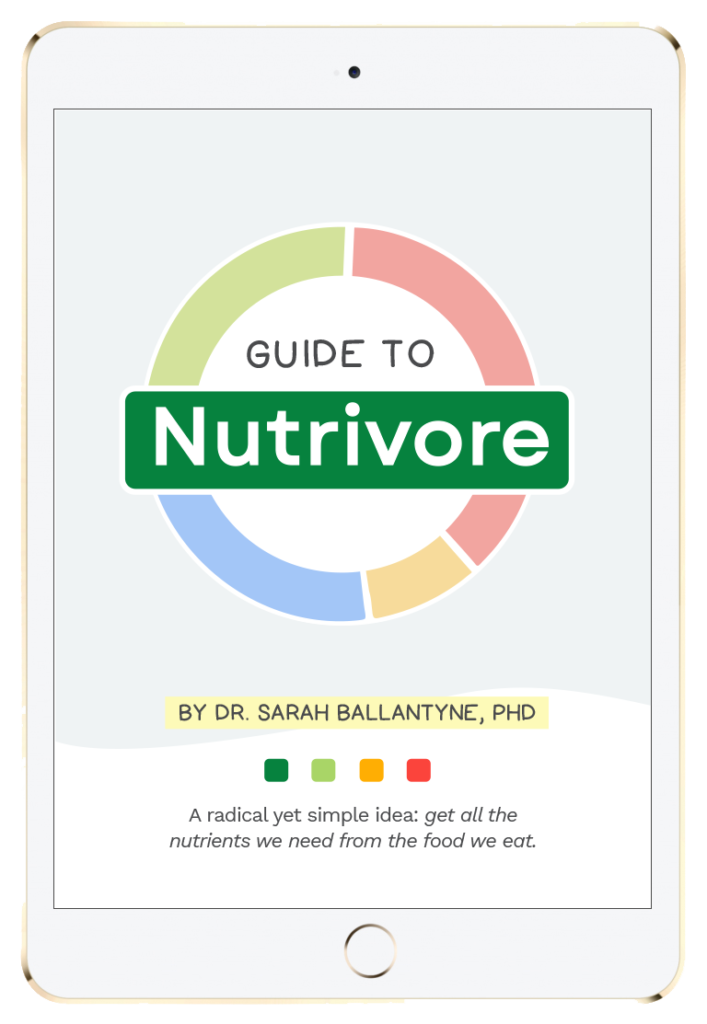
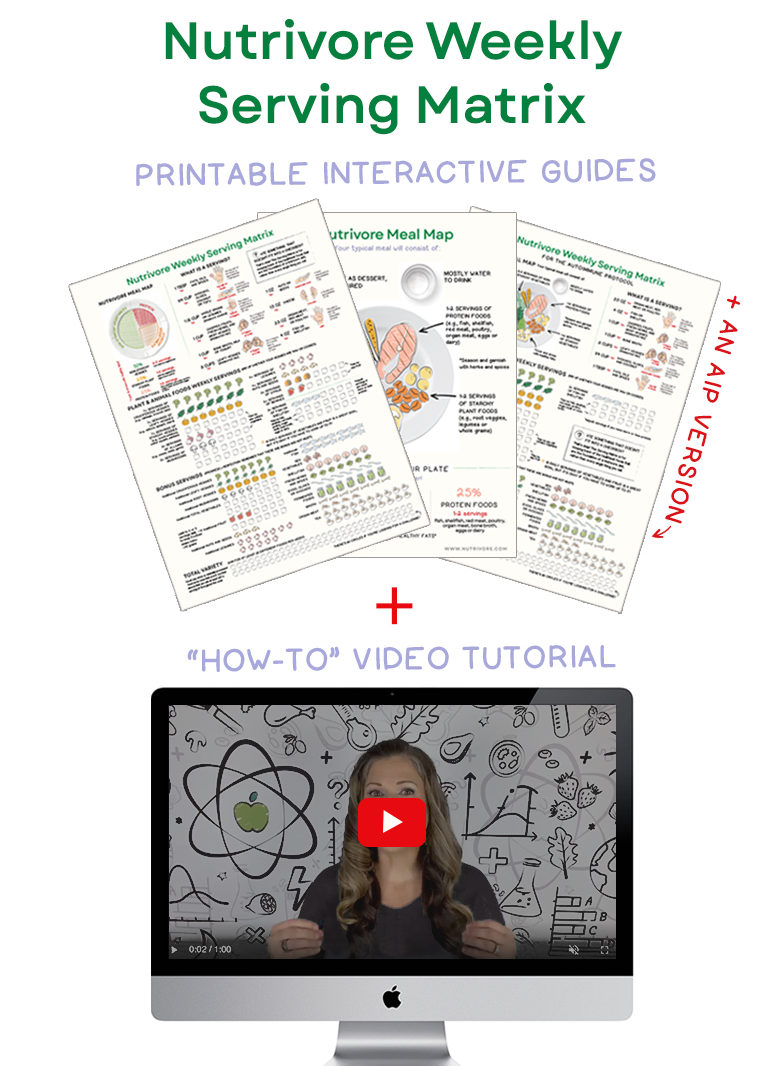
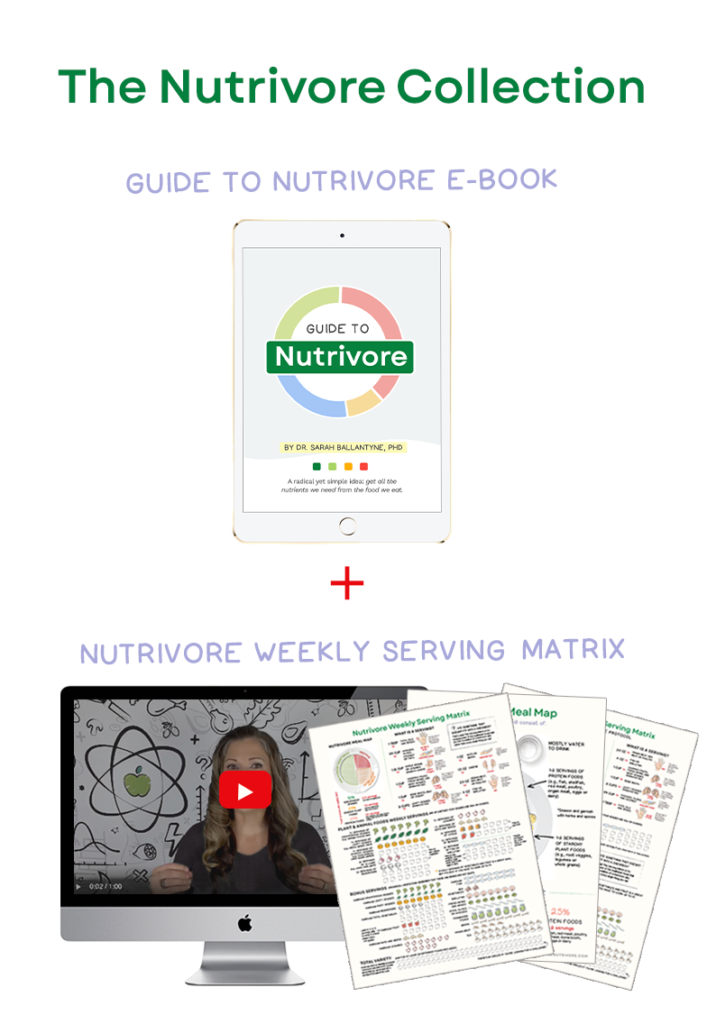
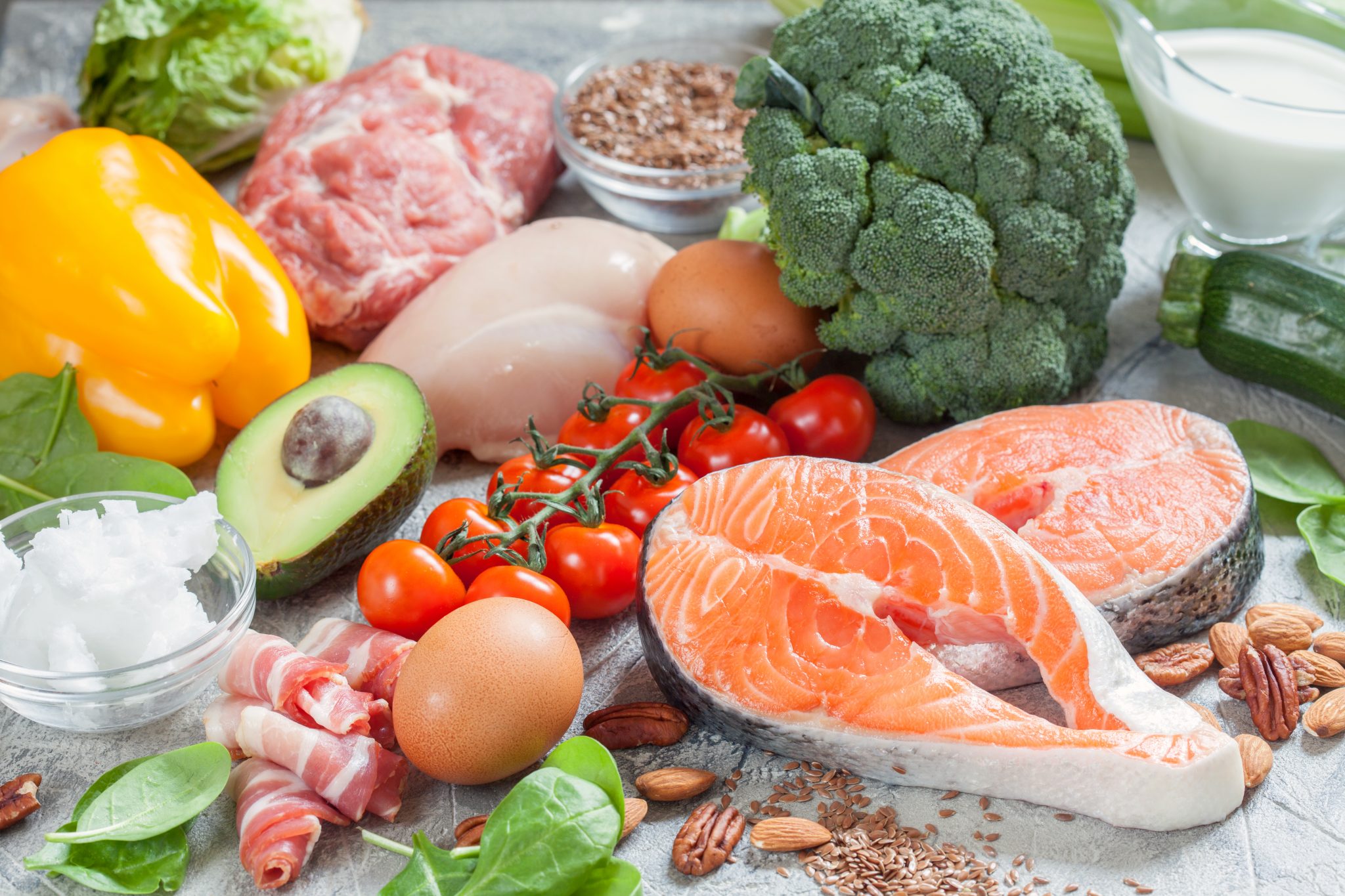
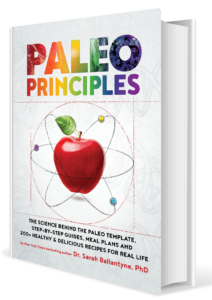
 TPV Podcast Episode 247, How Do I Weigh Quality and Budget in Dairy Products?
TPV Podcast Episode 247, How Do I Weigh Quality and Budget in Dairy Products?